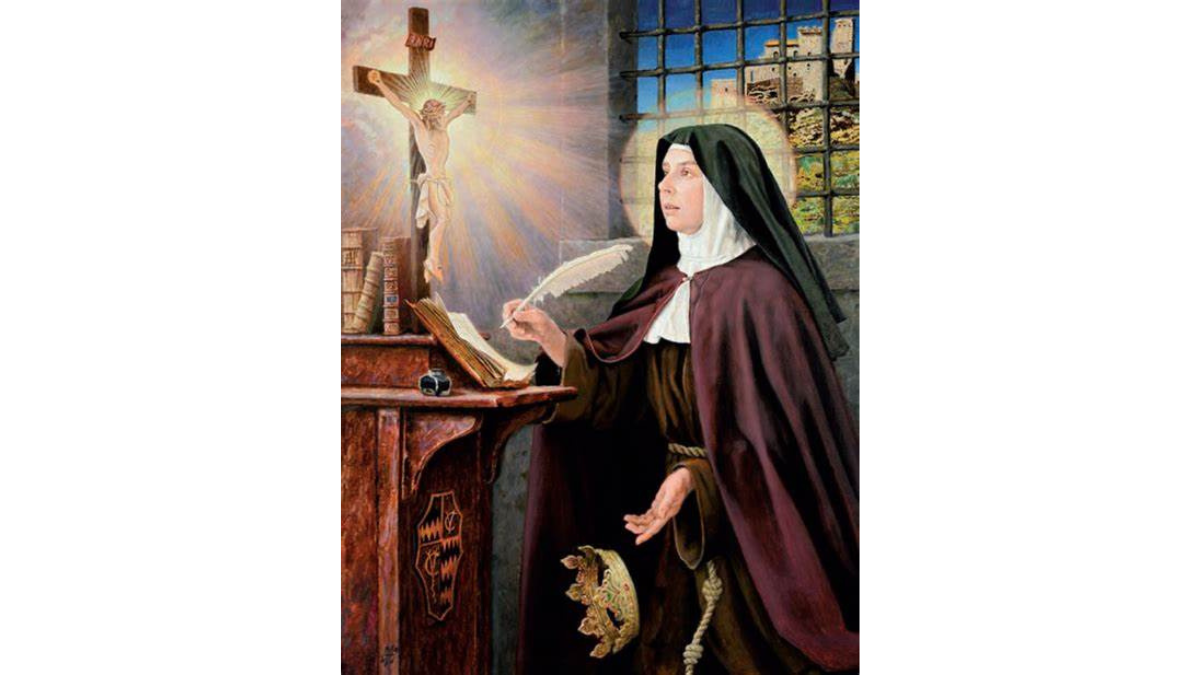St. Camilla
| Feast day | September 25 |
| Patron | of Cork, Diocese of Cork |
| Birth | 550 |
| Death | 620 |
St. Camilla is often associated with St. Camilla Battista da Varano, an Italian nun and mystic who lived in the 15th century. She was born on April 9, 1458, in Camerino, Italy, and was the daughter of the Duke of Camerino. Despite her noble birth, she chose a religious life and became a Poor Clare nun, joining the convent of Santa Maria Nuova in Camerino.
St. Camilla is known for her deep spirituality, mysticism, and writings. She experienced visions and had a profound devotion to the Passion of Christ. Her most notable work is “The Spiritual Life,” which reflects her mystical experiences and spiritual insights.
She was beatified by Pope Gregory XVI in 1843 and canonized by Pope Benedict XVI on October 17, 2010. Her feast day is celebrated on May 31.
Is this the St. Camilla you were referring to, or is there another St. Camilla you had in mind?
Views: 4
